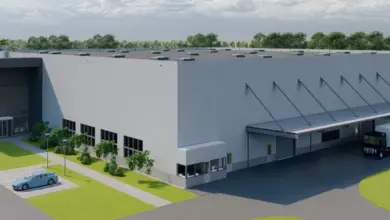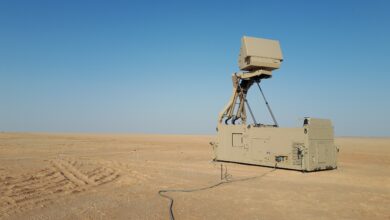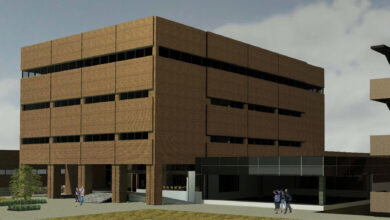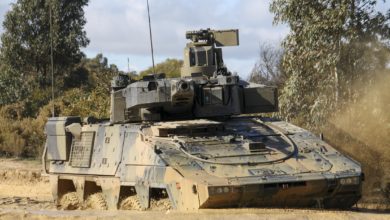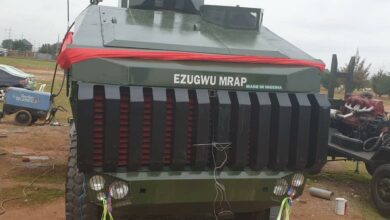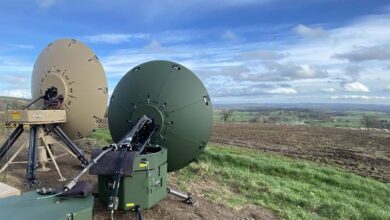Electric Generator for Future US Aerial Platforms Moves to Manufacturing Phase
Following the completion of the detailed design and review of its 1-megawatt multi-application electric generator for the US Air Force, Collins Aerospace has moved to the manufacturing phase.
The milestone supports the Air Force Research Laboratory’s Advanced Turbine Technologies for Affordable Mission-Capability effort seeking a safe and efficient power source for future manned and unmanned aerial platforms.
“To power advanced mission systems, high-energy weapons and hybrid-electric propulsion architectures, the next generation of military aircraft will require an order-of-magnitude increase in electricity,” Collins Power and Controls Engineering VP Bill Dolan stated.
“By safely and efficiently providing onboard high-voltage DC power, our 1MW generator will support these new technologies and help enable new platforms to achieve their target capabilities.”
Production, Delivery on Track
In 2024, the Raytheon subsidiary will hand over the solution to the US Air Force for testing with the Department of Defense’s Technology Readiness Level 5 standard.
Corresponding assessments will be facilitated at The Grid, Raytheon’s power systems facility set to open in Rockford, Illinois, this October.
Additional studies related to the generator’s integration opportunities will be conducted in partnership with Raytheon’s engine-focused segment, Pratt & Whitney.

“The 1MW generator builds on Collins’ long experience in providing electric power for military and commercial aircraft, including the generators it currently supplies for the F-22, F-35 and 787,” Collins said.
“Along with the 1MW motor Collins is developing for the RTX hybrid-electric flight demonstrator, the 1MW generator forms part of Collins’ technology roadmap to develop a family of motor generators that can be scaled up or down to meet the power requirements of future military and commercial platforms.”



